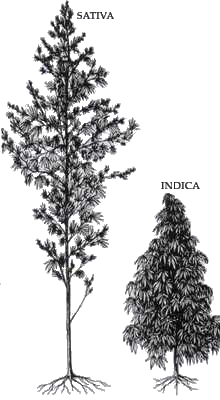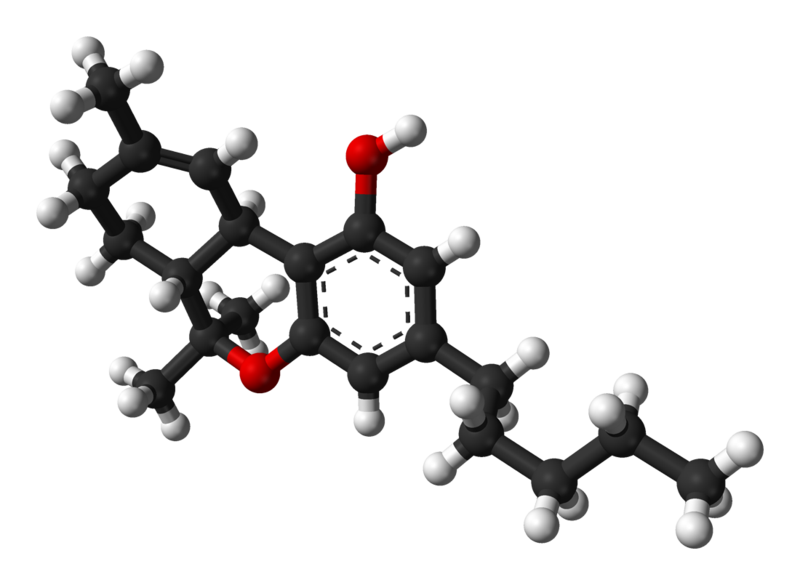Home
Welcome to my website dedicated to medical marijuana.
Marijuana goes by many names in day to day life, such as but not limited to: ganja, weed, green, and dank. On my website I will be referring to it only as marijuana or Cannabis.
Medical marijuana and almost all marijuana used to produce a "high" is a hybrid species of two kinds of Cannabis, Cannabis sativa and Cannabis indica. The chemical that causes the high is called Delta-9-tetrahydrocannabinol or THC.
Here is an English translation of the scientific names:
Cannabis has its root in the Persian word for canvas.
Sativa means to be cultivated or to be sown.
Indica means "to originate from India."
The English translations of their scientific
names mean "canvas that can be sown" and "canvas originating from
India".
These two species were crossed into a hybrid for several reasons. The hybrid species has a higher concentration of the chemicals used to produce a high. Cannabis sativa is a very tall and slender plant, so it is hard to fit indoors, but it matures quickly. On the other hand, Cannabis indica is very short but takes weeks longer to mature. The cross of the two species is short enough to grow inside and is ready to harvest in 90 days under the right conditions. This has led to marijuana that is economical and convenient to grow.
With so many educated growers, marijuana has under gone countless crossings since the original hybridization. These new crosses are still partially Cannabis sativa and Cannabis indica but have varying amounts of either species. This produces what is commonly referred to as a strain. Some of these names can get pretty creative, a sample of a few of the most notable ones I found during my research are: Kush, Trainwreck, Headband, Northern Lights, Maui Wowi, Skunk, Marathon, Sugar Glider, Jack Pot, Bees Knees, Chronic, White Widow, and Urkle. For even more strain names, ratings, and descriptions check out http://www.leafly.com/explore
To continue learning about Cannabis sativa X indica click here for phylogeny and classification information.
To learn about other organisms check out MultipleOrganisms.net
Page last updated by Spencer Williams 15 April 2011
